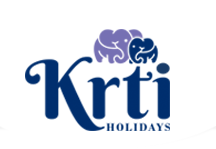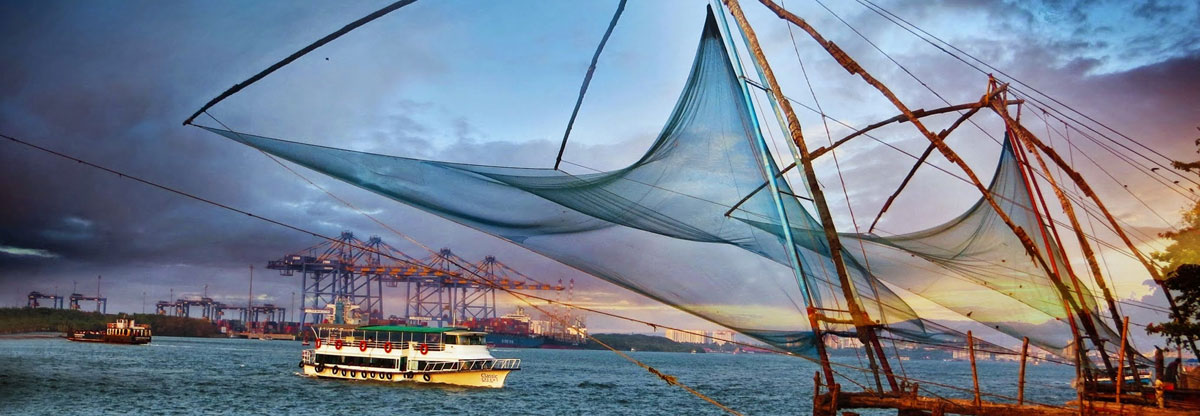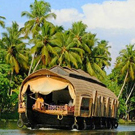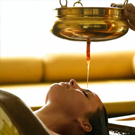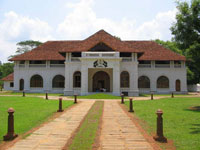
FORT KOCHI AND MATTANCHERRY
Wander around the Old Kochi area of Fort Kochi – a water bound region to the south west of mainland Kochi – for a whiff of early colonial history in the subcontinent. Bricked lanes, arched entrances, enclosed courtyards, steep, tiled roofs straight from a Dutch painting… Further up the road, of the bustling Mattancherry marketplace, you might even find yourself sniffing the air for the lingering redolence of those legendary spices that first enticed the world traveler to these distant shores!
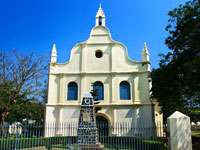
FRANCIS CHURCH
A simple wood and mud structure built in 1503 AD that changed shape, name and hands – from the Portuguese to the Dutch, the English and, finally, to the Indians – to attain its present avatar as the St. Francis Church, the oldest European church in India. Its gabled timber framed and tiled roof with its stepped pinnacle shelter a history that still echoes under those lofty ceilings within. The arched nave is strictly old-world; so, too, the carved, wooden pulpit, the confessional the baptism platform and book rests.
Vasco da Gama was buried here in 1521 AD, the area of his initial resting place clearly marked out inside the church (a gravestone commemorating his memory stands in the compound outside, along with those of other lesser Portuguese and Dutch luminaries of the time).
Dutch visitors still come to trace their ancestry from the old baptism and marriage register of 1751 AD.
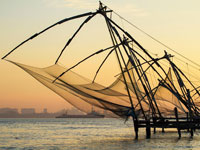
CHINESE FISHING NETS
It wasn’t the Chinese but early Portuguese Casado settlers from Macau, China, who brought the graceful Chinese fishing to Kochi. Now they perch in a row at the edge of the waterfront, craning their long necks out over the water like prehistoric birds. Their great frames dip and rise in timeless rhythm, the outspread nets sinking into the water to come up with – hey presto! – a catch of leaping, silvery fish that you can buy and have cooked by a nearby street entrepreneur. Have your cameras ready. These quaint devices make great pictures – especially against a sunset streaked sky!
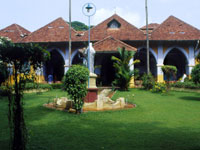
INDO PORTUGUESE MUSEUM
A 16th teak altar piece, a 19th century silver and wood processional cross, a finely wrought 18-19th century monstrance, a Chasuble also from the 19th century, sculptures, precious metal ware and sacral vestments… They are all housed in the Indo-Portuguese Museum here to show case the Portuguese influence in and around Kochi. These various, mostly religious, artifacts are dived into five sections in the museum: Altar, Treasure, Procession, Civil Life and Cathedral. Gathered from the churches and diocese in and around Cochin where they have been cherished and guarded through the years, they afford a rare glimpse into life during the time of the Portuguese.
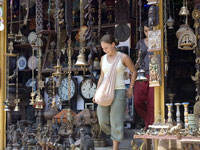
JEW STREET AND SYNAGOGUE
Travel into antiquity on Jew Street. Narrow and lined with weathered, centuries old buildings and curio shops run by the descendants of the early Jew settlers here, the streets hark back to another time and place. Chat with a shop keeper or have your pick from a mind-boggling array of antiques: from carved wood furniture to bronze and brass sculptures, fine crockery to jewelry and more. Each with its own precious story to narrate – of long journeys over land and sea and across time.
Further down the street, prepare to be charmed by the 1568 Jewish Synagogue. Especially, by the way the light from the large open windows falls on the 19th century Belgian glass chandeliers and lamps, on the gleaming pillars and the floor made of hand painted, blue willow patterned ceramic tiles from 18 century China, each of a different exquisite design.
A pulpit with brass rails holds center stage in the large hall. Examine the synagogue’s exclusive gilt columned gallery for women. Or the teak ark that holds the four silver and gold encased scrolls of the Torah (the first five books of the Old Testament).
Gold crowns presented to the Jewish community by the Rajas of Cochin and Travancore, 4th century copper plates on which are inscribed – in Malayalam and in ‘Kannadiezhuthu’, a mirror image style of writing – the privileges granted to the community by the Raja of Cochin, an oriental rug presented to the community by the late Ethiopian emperor, Haile Selassie… You’ll leave here enchanted.

